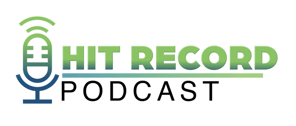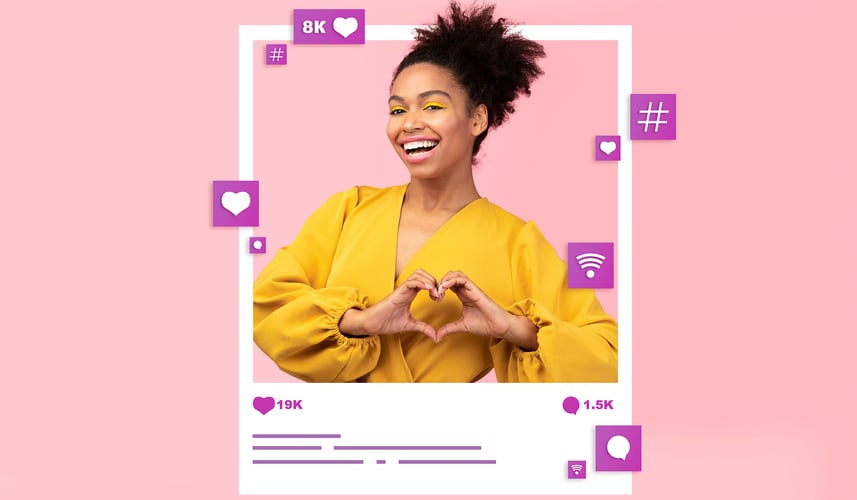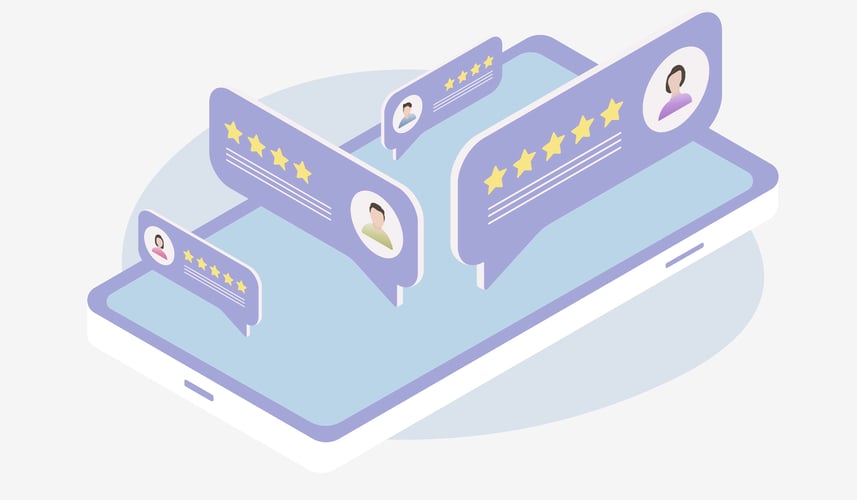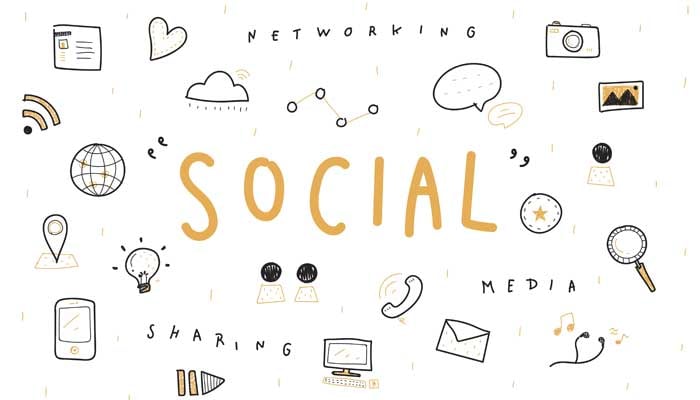Episode 6 - Emails Your Financial Institution Must Send


Don't Miss An Episode, Subscribe Now

Podcast Episode 6: The FI GROW team discusses the types of emails your bank or credit union should be sending to your customers or members.
Transcription:
Have you ever been talking about something that's really useful and thought, "That's a great idea, let's hit record so we can share this with everyone?” If you're looking for best practices for your bank or credit union, join us while we talk all things sales, marketing, and strategy for financial institutions. Let's make it happen with FI GROW Solutions.
Meredith Olmstead:
Hi, there it's Meredith Olmstead from FI GROW Solutions back with another Hit Record podcast, I was just having a great conversation with Penne VanderBush our Chief of Strategy. We were talking about the types of emails that your financial institution absolutely must be sending. And so we wanted to kind of get into really talking about, okay, what kinds of emails need to be going out?
Penne VanderBush:
Yeah. And I think before we even start on what kinds of emails, Meredith, you were articulating so well about the frequency of emails. So I think we really should probably start with frequency before we start talking about types. So what was that that you were saying about frequency?
Meredith Olmstead:
Yeah, just that in general, most of our clients don't email enough. That we're constantly having to push them to email on a weekly basis their list. And I think people have gotten so afraid of overdoing email that they've kind of taken a step too far back. And what happens is when you're emailing people on a weekly basis, they get used to seeing your content. And when the content is varied and useful, they won't unsubscribe. If they don't have time to look at it that week, they'll just hit delete and move on.
Meredith Olmstead:
But when you only email somebody like once a month, if that content isn't what they're looking for, a lot of times they're going to unsubscribe much faster, believe it or not. And there's lots of great data out there that actually suggests that more emailing is actually better. So we recommend to our clients that they're emailing a minimum of once a week, if they can. Shorter offers, more educational content, content that is useful, engaging, interactive, helpful, those kinds of things. So really not shying away from this idea that you need to be emailing people on a regular basis instead of doing this once a month kind of thing.
Penne VanderBush:
Absolutely. That's the goal of this whole podcast episode right there, rewind that last 30 seconds of Meredith talking and play it again, because that is such a key. If you only email once a month and that email didn't resonate and it didn't happen to have that content in it, it's much easier to hit unsubscribe. Or worse yet, if you do that two months in a row, because you only sent two emails and you might be sending one about auto and one about mortgage because it's that time of the year, and if that doesn't resonate, that's two emails in a row, two months in a row, that someone might not feel that connection. Then you lose them, they'll just unsubscribe. So yeah, that last 30 second clip of Meredith talking, that's what it's all about right there. That was awesome.
Meredith Olmstead:
So what else though? I mean, if we're really talking about the kinds of emails that financial institutions need to be sending every week or every month or whenever they're going out, let's talk about what are some of those really essential types of emails that are going out?
Penne VanderBush:
Yeah. So my favorite type of email is behavior based email. So what this means is utilizing that tracking code on your digital branch to know when a visitor, a known contact that you already have in your system, is visiting your digital branch, which product pages or service pages that they're visiting and immediately emailing them about that product or service. And before you stop and say, whoa, that's creepy, that's too much, we have been doing this for clients for years now and I can tell you those emails have the highest open rates, the lowest unsubscribe rates, the lowest spam reports and really high clickthrough rates because they're timely. So we put a process in place so that if a visitor visits five or six pages, they don't get five or six emails immediately, but we'll take that first page visit for that product and we have a 20 minute delay that we run on our emails and then the email pops up.
Penne VanderBush:
And that gives that visitor time to continue to look at the website, continue to look at what you've got to offer and check out the site before that email, marketing email, pops up in their inbox. And for those who are browsing maybe on their lunch break and they get that 20 minutes later, they might not check it till that evening, but they have something in their inbox about that product and service. And those perform so well, really great statistics on those. So definitely behavior based are one of my most favorite types for sure. But I know before we hit record, we were also talking about nurture emails and you had some really good points on nurture emails.
Meredith Olmstead:
Yeah. So nurture emails are kind of, it's kind of along the same lines, like to really send people the right information at the right time when they're looking. And so if you have a lead capture on your website, which we've talked about needing, not just an apply now button, but another kind of lead capture, say an ebook or an infographic or some other kind of downloadable content. Make sure that you're sending some nurture emails after somebody downloads that.
Meredith Olmstead:
And not just one email with the item that they wanted to download, but give them a little bit of time to digest it and then follow up with some other information, follow up with some additional educational content. And then we like to send nurture emails from a salesperson as well. So it almost looks like an individual is emailing them and saying, hey, I noticed that you downloaded this ebook, did you get all your questions answered? I'm here to help our members or our customers. Here's my contact information, would love to be a resource to you if you have any additional questions. That kind of thing, and signed by the actual salesperson from their actual email. So that all that the person has to do for that nurture email is to hit reply and they can actually get a real person to respond to them really quickly at the financial institution.
Penne VanderBush:
Yeah. Now, Meredith you work with the sales and service teams for our clients and you help those teams follow up with these marketing leads. When you're talking about having that email go from that salesperson, is that salesperson writing those emails, writing each one? How are you setting that up?
Meredith Olmstead:
So it's set up using an automation platform. And so what we do is we configure those emails to look like they're coming from somebody, the actual salesperson knows that they exist and that those nurture campaigns are running in the background, but they aren't actually having to physically send out those emails every time they go out. So it saves a tremendous amount of time in sales follow up. And then if somebody hits reply to one of those nurture emails, you know that they're a really hot lead and they're ready for follow up. So it's a great opportunity and a great way to give your sales team really hot leads at the right time and to send the correct information to people when they're in market for it and they're looking for it.
Penne VanderBush:
That's great. So we're saying like personalized nurture campaigns from an ebook download that are coming from a person. That's great. That's fantastic. So one of the topics that we had talked about, and I think this is a big topic still, newsletters, yes or no? What is your take on the traditional monthly newsletter send? Now I know traditionally sometimes these go as statement stuffers or an actual physical mail piece that goes out. But over the years they've transitioned to digital newsletters at some sort of frequency, typically monthly. What is your opinion on the monthly newsletter, yes or no?
Meredith Olmstead:
So I'm okay with monthly newsletters, but here's the thing. If monthly newsletters is all you're emailing your membership or your clients, you've got a problem, right? Because if you email one newsletter and it doesn't have something in them in that one month that somebody wants to read, they're much more likely to hit unsubscribe. Whereas if you're emailing people a little bit more often during the month, believe it or not, they're less likely to unsubscribe because they know that you're emailing them regularly with smaller amounts of different varied content and varied educational content. So the more variety that you can send out, the better. And you can include some of that variety in a newsletter of course, but you want to also be emailing on a regular basis other than the newsletter. That would be my in a nutshell newsletter recommendation.
Penne VanderBush:
Yeah, and I agree. I think that's really great advice. One thing that I have seen happen is newsletters, specifically newsletters after a major event happening, like a merger or an online banking conversion, some of that big stuff. I've seen the newsletter go out and it says something like, you know, a message from our CEO. And those do have really great open rates and typically some higher than average click through rates. But really the open rate is much higher because people feel like that message is coming directly from the CEO. In contrast to that though, we do have a client that we've worked with where all of the newsletters come out from the CEO, it's like a message from the CEO. And it doesn't perform quite at the same level as the one-offs from the CEO. So if you plan on using your newsletter to convey messages from the CEO or using that message from the CEO subject line to boost interaction with the email, I would just say use it sparingly because it does kind of lose its luster when it's just consecutively the same kind of average newsletter month over month.
Meredith Olmstead:
Yeah. All right. Well, I'm so glad we went through all these different kinds of emails. I hope this was helpful to everybody and glad we hit record. If you want to find out more about FI GROW Solutions, just visit us at FIGROW.com. We also have our FIGROWTH Academy there where we have lots of courses for marketers, for financial institutions. So we'd love to have you check some of those out. And we have a little bit longer live courses like this one, but in more depth. And so let's go make it happen.








Blog comments